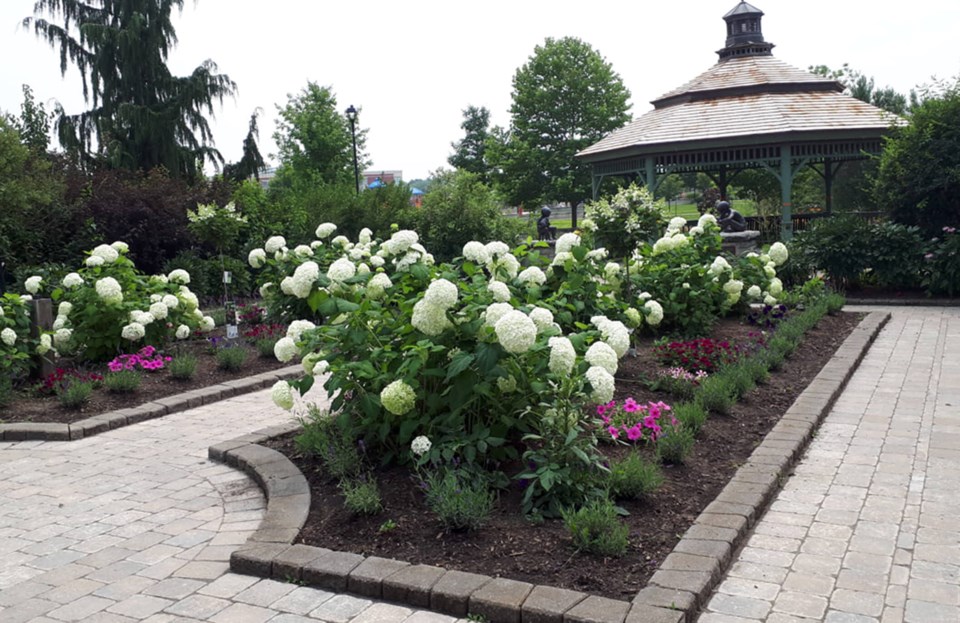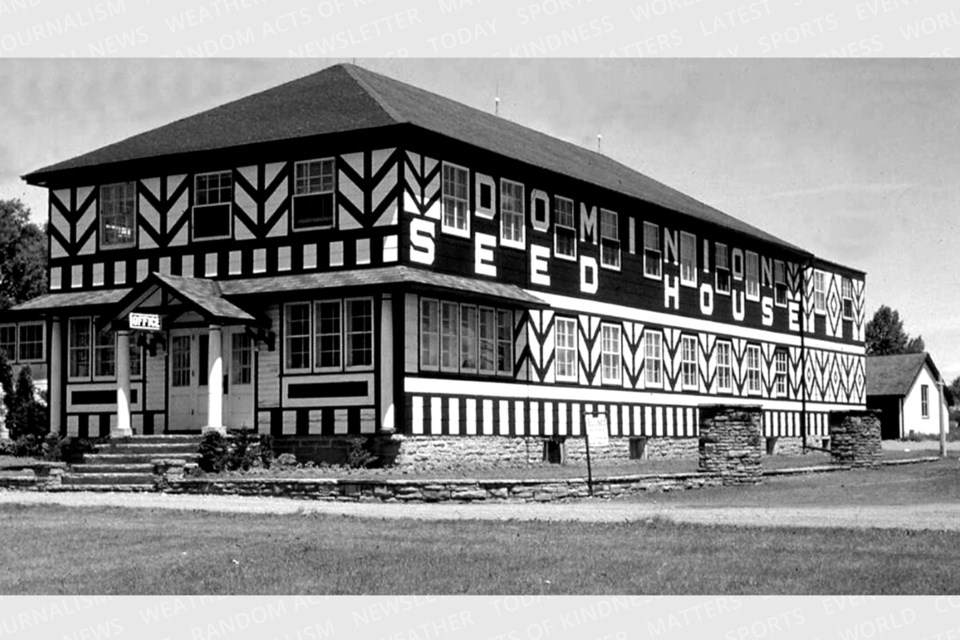The large public garden at the corner of Maple Avenue and Guelph Street was once the site of Georgetown’s nationally-renowned Dominion Seed House, a supplier of seeds that were sold coast to coast.
The company was founded by William Bradley, who initially formed the Bradley-Edwards Electric Company with business partner Roy Edwards in 1922. The mail order business, located at 1 Elgin St., sold the newly-popular electrical appliances of the era, including electric cooking ranges, mixers, and coffeemakers.
By 1927, Edwards and Bradley parted ways, leaving Bradley at the helm of the company. It was during the slow times, in 1928, that Bradley began to introduce mail order seed packets, initially as a way to keep his employees busy.
That decision eventually grew very popular with customers - so much so that Bradley transitioned from taking orders for electric appliances to seeds – thus establishing what would become the Dominion Seed House.
In 1936, Bradley moved the business to a 63-acre portion of his family farm at the corner of Maple Avenue and Guelph Street, where he had a faux-Tudor style building constructed based on a design he saw while on a trip to Sussex, England.
That building, with “Dominion Seed House” painted across the front, quickly became a Georgetown landmark surrounded by acres of flower gardens.
With over 1,000 varieties of seeds and bulbs available from around the world, an average of 3,000 orders arrived each day during the planting season and all had to be filled manually. It’s said the operation was large enough that it had its own postal station, in addition to a relationship with the Canadian National Railway for express delivery to anywhere in Canada.
At times, the number of employees working at the Seed House shot up to 125 during the height of the season.
On Nov. 8, 1952, Bradley died at the age of 66 and left the business to his wife, Alexandrina Bradley, and their daughter, Margaret Harding. Throughout the years, following the death of Bradley, the company continued to thrive under the successive management of Pharis Vannatter, Bill Kay and Doug Peck.
In 1980, the Dominion Seed House was selected by the Georgetown Chamber of Commerce as Business of the Year, and, in the following year, the company expanded by adding a garden centre in response to public demand.
It was in 1993 when Harding sold the mail order business to Perron of Quebec, with operations being moved off-site to a warehouse. The iconic Dominion Seed House building would remain on the family’s property and was leased out to a nursery until 1998, when the land was sold for redevelopment. The landmark building was subsequently demolished in 1999.

While the land was to be completely developed into housing, the Georgetown chapter of Canadian Federation of University Women lobbied successfully to have a public garden included in the plans.
This would eventually lead to the formation of a volunteer organization, in partnership with the Town of Halton Hills, called ‘The Friends of the Old Seed House Garden,’ with the garden officially opening June 2003.
After 20 years since the garden’s official opening, the Dominion Gardens Park continues to flourish with colourful flowers and various trees as a fitting legacy to a site that was once home to the highly-acclaimed Dominion Seed House.
Article written by Scott Brooks, with information from Halton Sketches / Friends of the Old Seed House Garden / EHS / HHPL.



